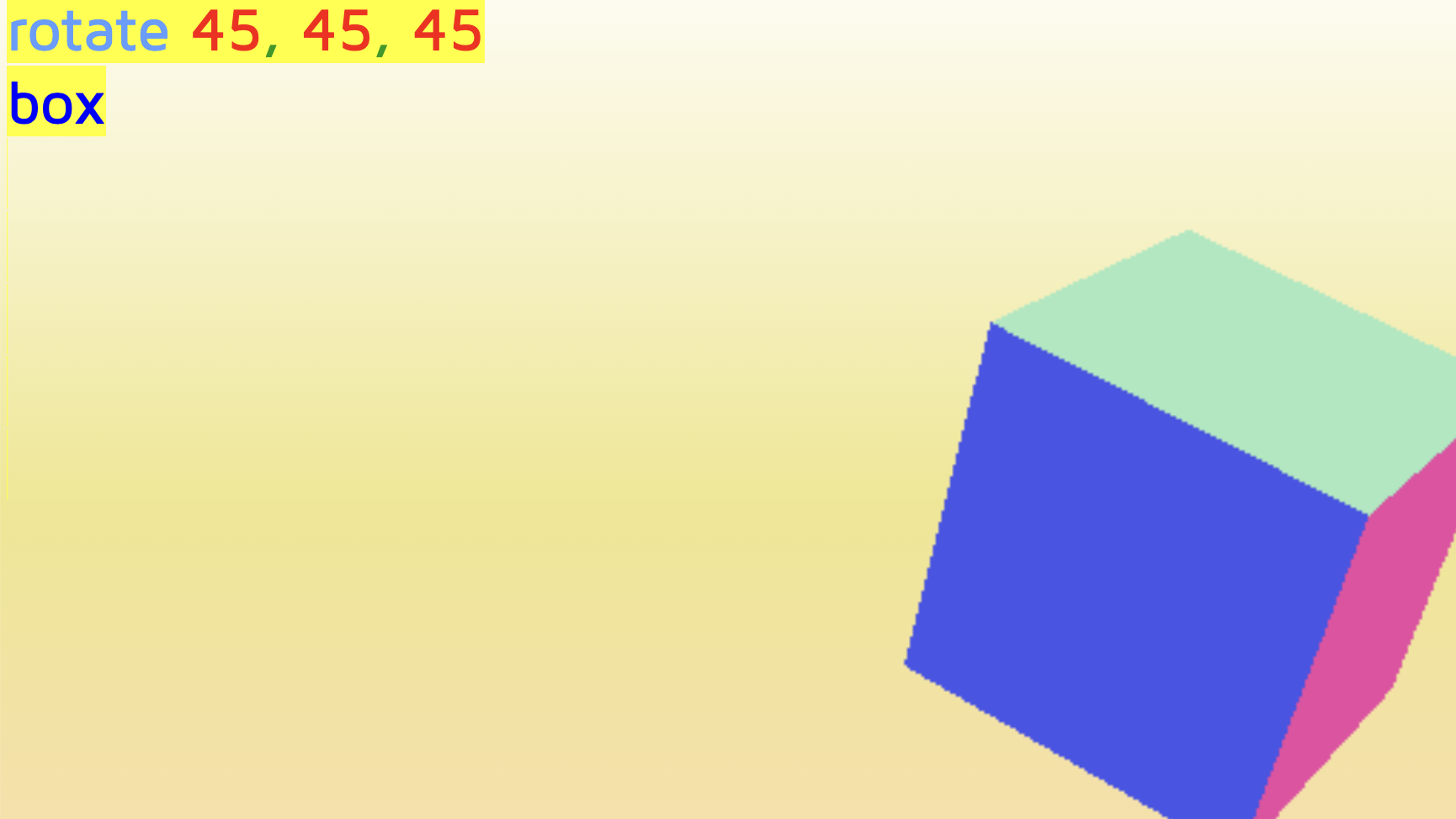‘Live’ to me has always been associated with news and TV, because two of my cousins are reporters and I’ve spent a lot of time with them – going to their sets quite a lot as well. And the way I understood being ‘live’ then was being confident about what you’re doing in front of a camera and following what the script says perfectly, by adding a little bit of your own personality and flavor. This understanding has evolved a lot after that. I’ve learnt about rehearsed performances and spontaneous happenings. However, I feel like the core ideas of ‘liveness’ and going live in front of an audience have remained constant – performing your craft the best you can for the intended viewers. I find it fascinating how the insights offered in the except about Live Coding challenge and expand on these beliefs about live performance, whether rigorously rehearsed or spontaneously improvised. The concept of “liveness” in Live Coding seems to add a whole new layer to the dichotomy of rehearsed perfection and improvised happenings.
On the one hand, the section emphasizes Live Coding’s improvisatory nature, in which performers think and act in real time, always adjusting and responding to the evolving code. This reflects the unpredictability and spontaneity of an event, in which every moment becomes part of the performance, formed by circumstances that could not have been predicted beforehand. The idea that Live Coding performances might incorporate this level of spontaneity and dynamic interaction with technology calls into question my previous perception of live performance as either rigorously prepared or utterly improvised.
Moreover, the interdisciplinary nature of Live Coding, intersecting with fields like performance studies and choreography, expands the conceptual ground of liveness beyond traditional definitions. It redefines liveness as a dynamic and evolving concept shaped by processes of experiencing, making, and audiencing, challenging the notion that live performance must fit into predefined categories of rehearsed perfection or spontaneous improvisation.
So, I feel like the definition of being live itself is evolving as these newer forms of art and media are coming along. The multifaceted nature of liveness in Live Coding has opened up new possibilities for creative expression, human-machine collaboration, and interdisciplinary exploration, inviting me to embrace the dynamic and fluid nature of live performance in all its complexities. However, as many complexities and definitions ‘liveness’ may go on to possess, I still believe that the core idea behind it will be the same that I’ve understood – performing your craft the best you can for the intended viewers.

